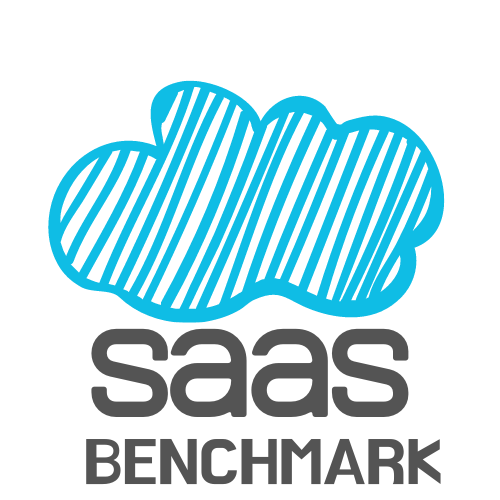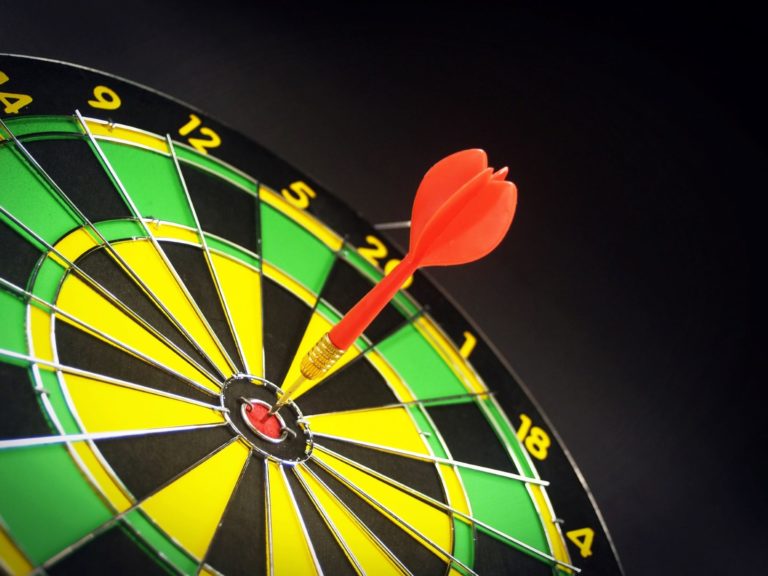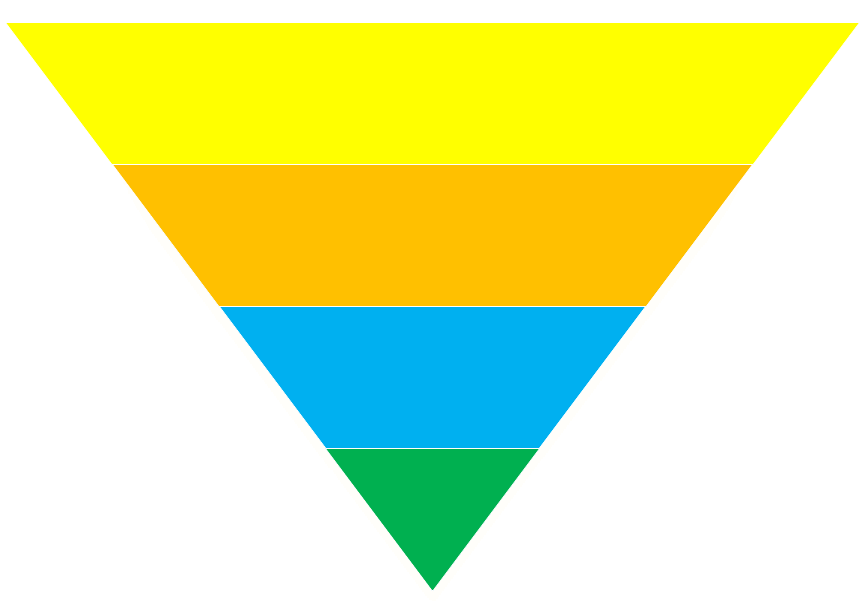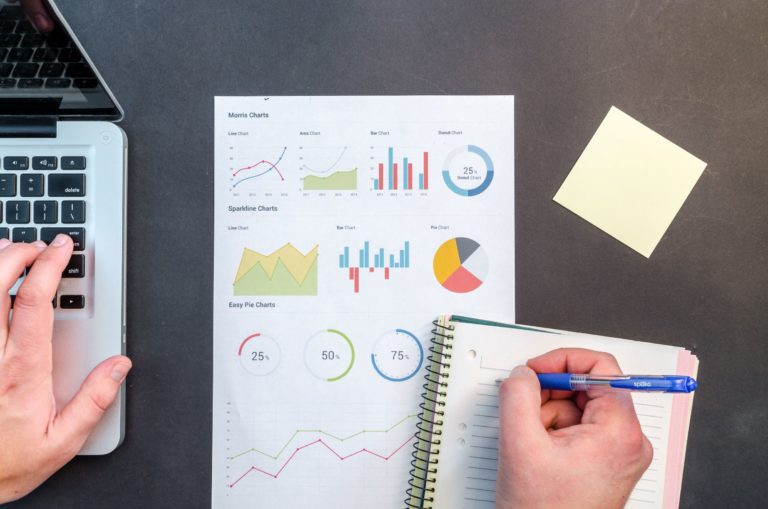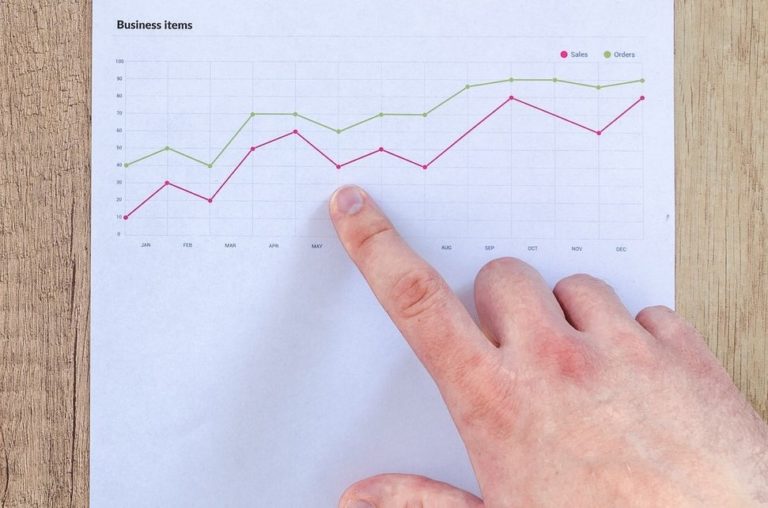B2B SaaS vs B2C SaaS
Are there any differences selling SaaS B2B vs. selling SaaS B2C? In the areas of Churn and Marketing, the answer is yes.
B2B vs B2C Churn
High churn dooms your chances to succeed in SaaS, so the churn metric rightly commands a lot of attention. To accurately understand churn, it’s important to understand your target customer.
First, B2C churn is higher than B2B churn. Why? B2C customers are typically individuals with shorter attention spans than businesses. Many products aimed at individuals are sold for entertainment, which means users can get bored with a product and drop it. B2C sales are usually low-touch, which keeps customer acquisition costs (CAC) down. However, low-touch also means a more superficial relationship and lower customer loyalty. In addition, B2C customers face more credit card rejection problems (e.g., they can no longer pay, their payment information gets old and inaccurate, etc.).
B2B has lower churn because businesses usually buy a product to solve a problem, so boredom doesn’t factor in. As long as the product keeps making customer lives easier, they are likely to keep using it. With B2B, there are often contracts in place to keep a customer using the product for a length of time. Higher-touch sales techniques develop personal relationships and increase customer loyalty. Payment information is less likely to get old and payment is not dependent on the finances of one person.
B2B churn occurs because the product stops delivering value. For example, the product doesn’t solve their problem, costs too much for what it delivers, or is not easy to use. If your clients are small businesses or start-ups, some churn will result from business failures. With larger clients, churn can stem from inadequate customer service or from the product not integrating with existing systems. In addition, turnover at your company can increase churn if you lose people that your clients liked working with.
Check out this Profitwell article for more details, including ideas to reduce churn.
B2B vs B2C Marketing
Marketing occurs over several customer dimensions, including experience level, social media use, purchase motivation, and sales cycle. B2B and B2C marketing differ in the following ways:
B2B
- Customers are more experienced and more likely to be experts. They will likely want a more detailed and professional pitch.
- B2B marketers prefer to use Twitter and LinkedIn.
- Buyers are driven by logic and the need to solve a problem.
- Sales cycle is long. Multiple people are involved in the buying decision, which is often for a long contract and for high dollar amounts.
B2C
- Customers tend to be inexperienced and diverse. Language should be simple, avoid jargon, and appeal to a broad audience.
- B2C marketers prefer to use Facebook, Twitter, Pinterest, or Instagram.
- Buyers are driven by emotion…they buy “what they want, not what they need.”
- Sales cycle is short. Customer is usually an individual with the power to make a purchase. Dollar amounts are low.
This Kraftblick article has more information and several charts, including one summarizing the factors influencing buyer behavior for B2B vs B2C.
